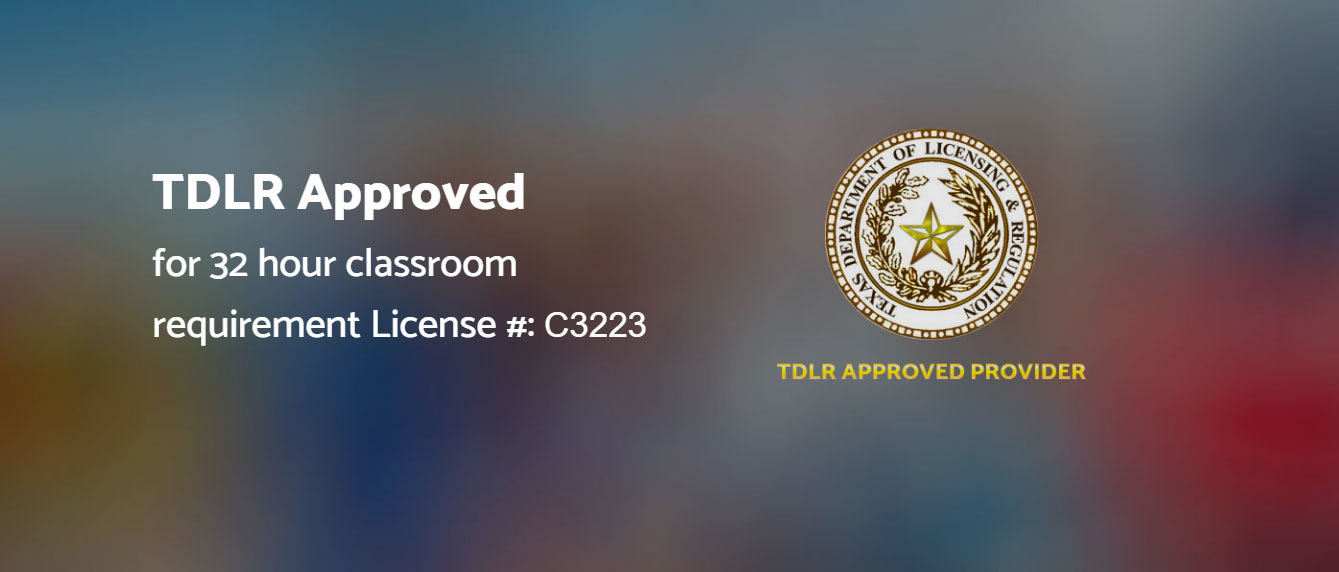
This is a question that if you ask different people you get different answers. It’s like asking, “How high is high?”. Everyone has their own opinion as to how fast they can drive and still stay in control of their vehicle.
The fastest known speeding ticket was given in May 2003 in Texas. The motorist was driving a Koenigseggs CCR, a Swedish sports car, and was reportedly going 242 mph (389 km/hr) in a 75 mph zone. He was arrested and his car towed. What do you think was going through his mind as he wound the car up to this high of a speed?
Depending on the city you drive through most law enforcement officers (LEO) allow up to 5 mph over the speed limit before a driver gets their attention. This is generally referred to as the fudge factor. However, in all my years as a driving safety instructor, I sometimes had students that were cited for going just 1 mile over the speed limit. One of the offenders was a deputy sheriff! The feeling that I got from the deputy was that she must’ve really ticked off the LEO that pulled her over.
On the other end of the speeding spectrum, when I first started the defensive driving classes in the 80’s it was not unusual to have drivers that were caught speeding around 100 mph in a 60 or 65 mph zone. After too many of these types of tickets the Texas legislature set a maximum of 25 mph over the speed limit to be allowed to take the course. This made the excessive speeders pay an exorbitant fine but didn’t educate them as to why they shouldn’t drive too fast. And depending on the officer, some drivers that were just over the 25 mph threshold, would get the opportunity to attend a class when they would have the speed amount reduced on the ticket, at the time it was issued, by the accommodating LEO.
In part 2 of this series I’ll address why a driver shouldn’t speed. Thanks for reading and please post your comments below.
Steve Trimble
Director of Car Teen



